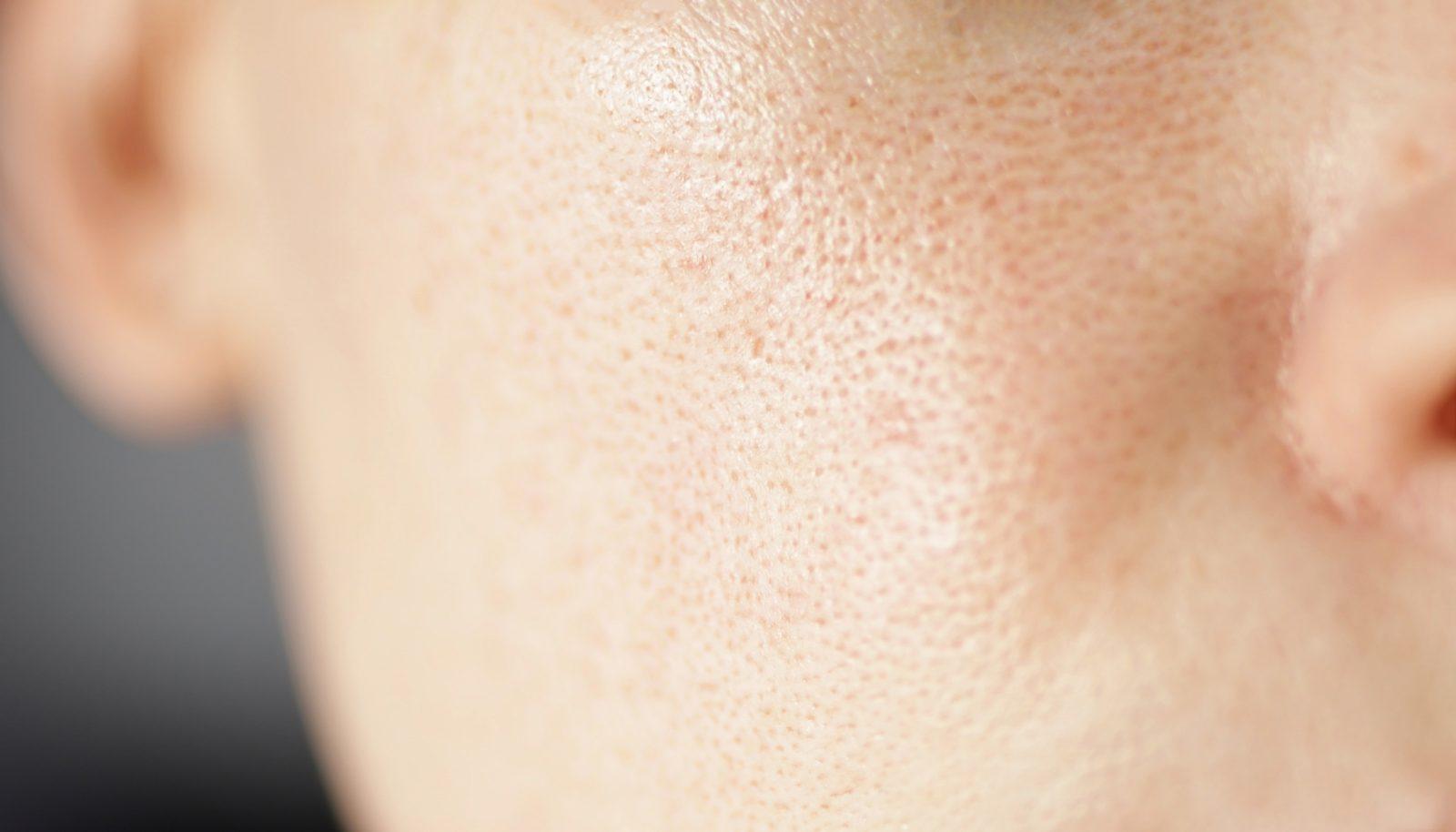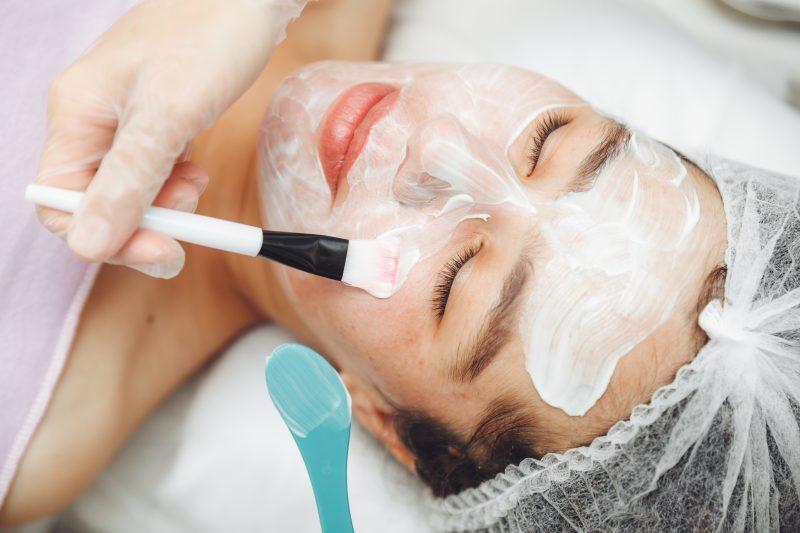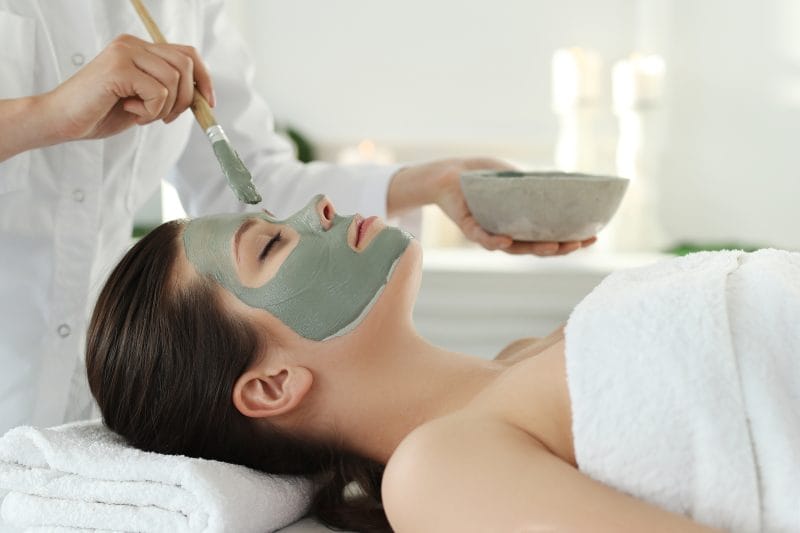Skincare
Achieving Smooth and Radiant Skin: Tips to Improve Skin Texture
Having smooth, radiant skin is a universal desire, but achieving it can sometimes feel like an elusive goal. Skin texture issues can be a common concern for many people, regardless of age or skin type. In this blog, we’ll delve into the world of skin texture, exploring what it is, what causes it, and how you can improve it.
Understanding Textured Skin
Before we jump into the remedies, let’s clarify what textured skin is. Textured skin refers to an uneven, rough, or bumpy surface on the skin’s surface. It can manifest as enlarged pores, fine lines, wrinkles, acne scars, or a combination of these factors. Texture irregularities can make your skin appear dull and aged, diminishing its overall appeal.
The Culprits Behind Textured Skin
Several factors contribute to the development of textured skin. Understanding these underlying causes is crucial in formulating an effective skincare routine to address the issue.
- Aging: One of the most significant contributors to textured skin is the natural aging process. As we age, our skin’s collagen and elastin production decreases, leading to a loss of skin firmness and elasticity. This, in turn, can result in the formation of fine lines and wrinkles.
- Sun Damage: Exposure to UV rays from the sun can wreak havoc on your skin’s texture. Prolonged sun exposure can lead to photoaging, causing uneven pigmentation, rough patches, and the breakdown of collagen and elastin fibers.
- Acne and Scarring: Acne breakouts can leave behind unsightly scars and uneven skin texture. Inflammatory acne, in particular, can result in deep pitted scars that affect the skin’s smoothness.
- Poor Skincare Habits: Neglecting a proper skincare routine or using harsh products can exacerbate skin texture issues. Overexfoliating, using abrasive scrubs, or not moisturizing adequately can strip the skin of its natural oils and disrupt its protective barrier.
- Dehydration: Inadequate hydration can make your skin look parched and rough. When your skin lacks moisture, it can become more prone to flakiness and texture irregularities.
Now that we’ve identified the culprits behind textured skin, let’s explore the ingredients and strategies that can help improve it.
Ingredients to Improve Textured Skin
When it comes to addressing textured skin, the skincare products you use play a crucial role. While we won’t mention competitors to Reviva Labs, we can discuss some effective ingredients widely recognized in the skincare industry.
- Retinol: Retinol, a derivative of vitamin A, is renowned for its skin-smoothing properties. It stimulates collagen production, promotes cell turnover, and can reduce the appearance of fine lines and wrinkles. Incorporating a retinol product into your skincare routine can help improve skin texture over time.
- Hyaluronic Acid: Hyaluronic acid is a powerful humectant that can attract and retain moisture in the skin. By keeping your skin well-hydrated, it can appear plumper and smoother. Look for hyaluronic acid in serums or moisturizers.
- Vitamin C: Vitamin C is an antioxidant that can help fade pigmentation issues, even out skin tone, and enhance radiance. It also supports collagen production, which can contribute to improved skin texture.
- Alpha Hydroxy Acids (AHAs): AHAs like glycolic acid and lactic acid are exfoliants that can help remove dead skin cells from the surface, revealing smoother, brighter skin underneath. Regular use of AHAs can improve skin texture and reduce the appearance of fine lines.
- Niacinamide: Niacinamide, a form of vitamin B3, has anti-inflammatory properties and can help regulate sebum production. It’s effective in reducing the appearance of enlarged pores and promoting a smoother skin texture.
- Peptides: Peptides are amino acids that can stimulate collagen synthesis, helping to improve skin firmness and texture. Look for peptide-infused serums or creams to target texture concerns.
Strategies to Improve Skin Texture
In addition to incorporating the right ingredients into your skincare routine, here are some strategies that can further enhance your skin’s texture:
1. Sun Protection: Preventing further sun damage is essential. Always wear sunscreen with at least SPF 30, even on cloudy days, to shield your skin from harmful UV rays.
2. Gentle Cleansing: Use a mild, non-stripping cleanser that won’t disrupt your skin’s natural barrier. Overcleansing can exacerbate texture issues.
3. Exfoliation: While exfoliation is beneficial, be mindful not to overdo it. Limit physical exfoliation to 2-3 times a week and use chemical exfoliants sparingly to avoid irritation.
4. Moisturize Adequately: A good moisturizer can help maintain your skin’s hydration levels, preventing dryness and roughness. Opt for a product that suits your skin type.
5. Consistency: Achieving better skin texture takes time. Be patient and consistent with your skincare routine, and you’ll likely see gradual improvements.
6. Healthy Lifestyle: Eating a balanced diet rich in antioxidants, staying hydrated, and getting enough sleep can all contribute to healthier skin.
7. Professional Treatments: For more stubborn texture issues, consider professional treatments like chemical peels, microdermabrasion, or laser therapy. Consult a dermatologist for personalized recommendations.
In conclusion, textured skin is a common concern that can affect anyone, but with the right ingredients and strategies, you can achieve a smoother and more radiant complexion. Remember to be patient, as improvements may take time to become noticeable. Regardless of the skincare products you choose, always prioritize your skin’s health and well-being, and you’ll be on your way to achieving the skin texture you desire.





